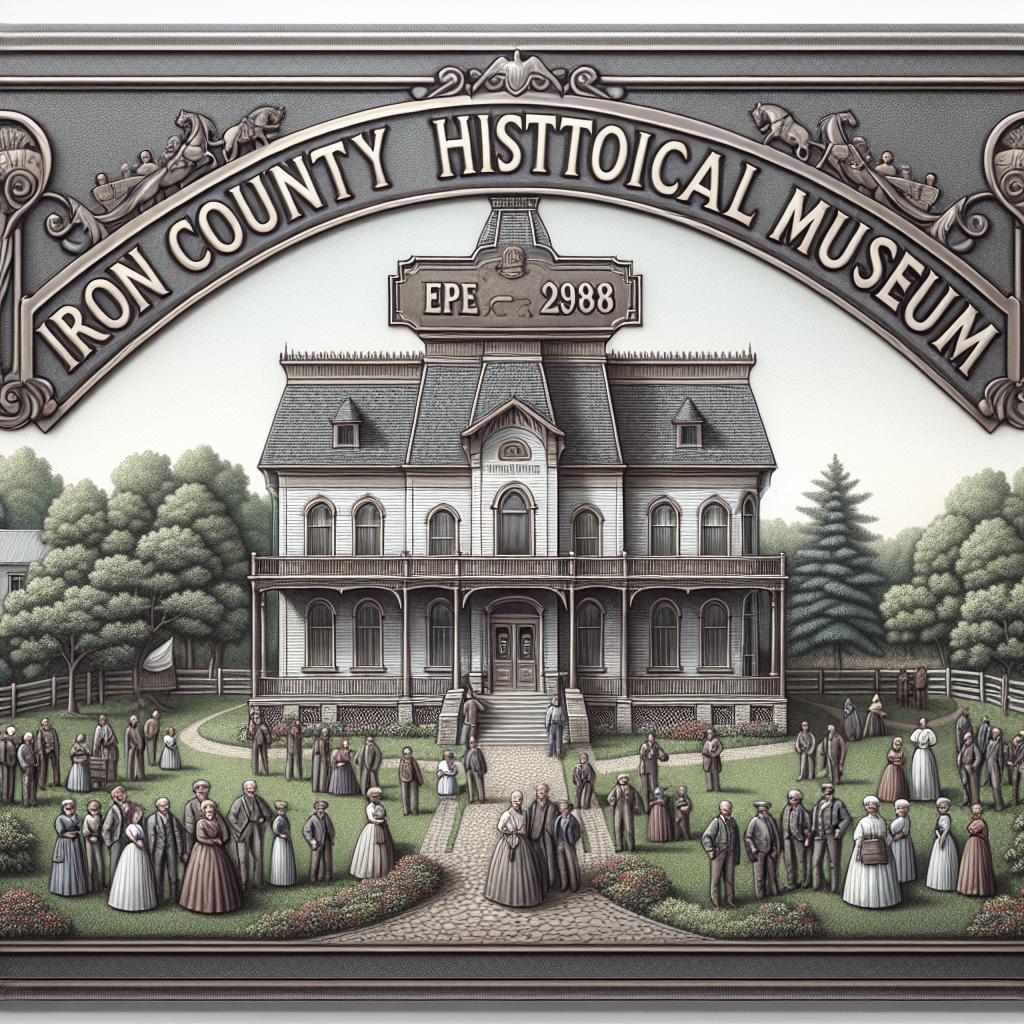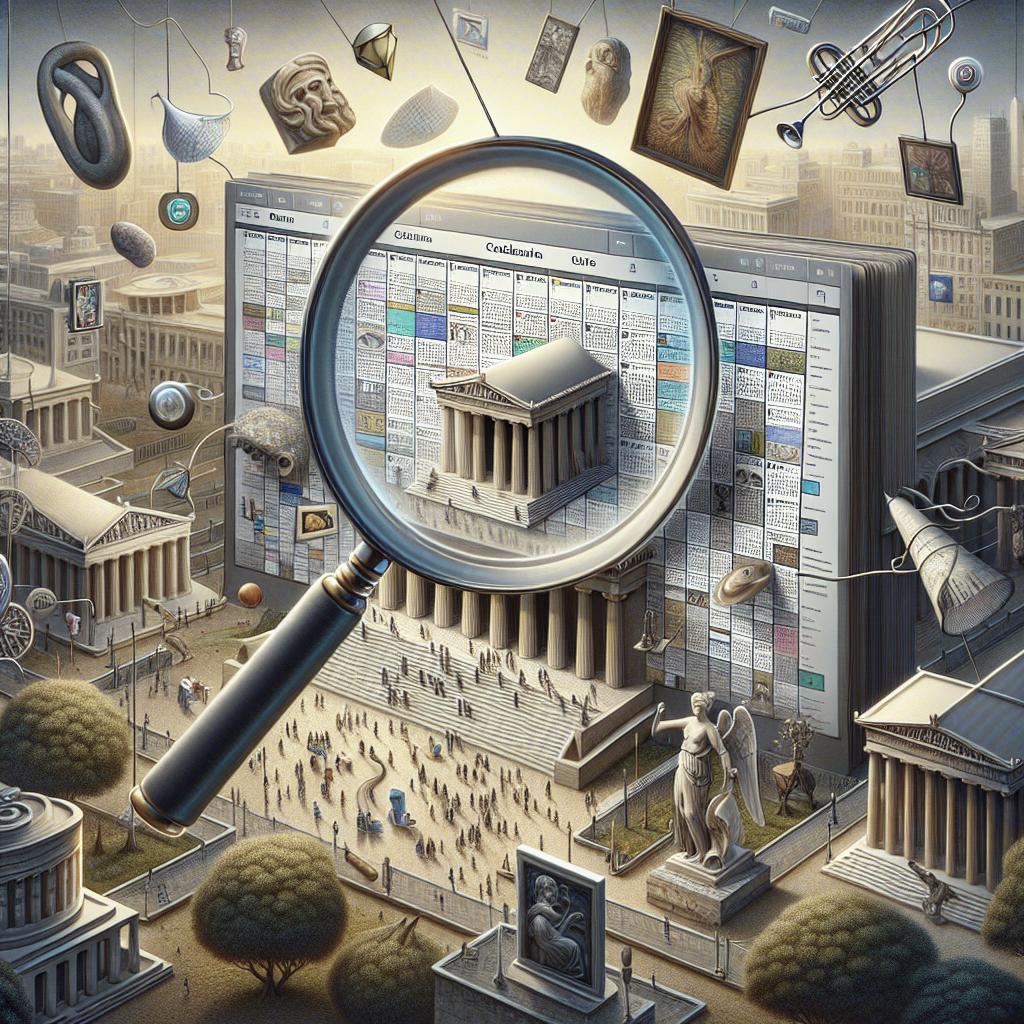Iron County Historical Museum is a beacon of rich local heritage and cultural history nestled in the heart of Iron County, Michigan. This extensive museum, with its large pioneer village and interactive exhibits, captures the essence of life during the early boom times when the iron mining industry was at its peak. Anchor your curiosity as we delve into the story behind its inception and the compelling journey of the founders who championed the preservation of Iron County’s storied past. Discover the founders, explore the early pioneer village, and learn about the valuable lessons we can draw from this remarkable historical treasure.
Become an Atlas Obscura member and experience far fewer ads and no pop-ups.
Founding the Iron County Historical Museum
The Iron County Historical Museum was founded in 1962 by a group of passionate individuals who recognized the importance of preserving the local history of the region. Harriet Holmberg, a devoted historian, stood at the forefront of this initiative, bringing together like-minded citizens who equally shared her vision. Their collective aim was to curate and conserve artifacts, documents, and stories that illustrated the diverse heritage of Iron County.
Harriet Holmberg, supported by community leaders and volunteers, laid the groundwork for what would become the largest museum in the Upper Peninsula of Michigan. The founders embarked on a mission to amass a comprehensive collection that accurately represented the history and culture of Iron County. The museum began as a modest display but quickly grew in size and scope, thanks to the dedication of these early advocates for local history.
Large pioneer village showcasing life during boom times
A major highlight of the Iron County Historical Museum is its large pioneer village, which presents a vivid portrayal of life during the industrial boom. This section of the museum features authentically reconstructed buildings, each offering a unique glimpse into the past. Visitors can explore the general store, blacksmith shop, schoolhouse, and other establishments reflecting typical 19th-century Iron County life.
The pioneer village is not just a static exhibit; it is an immersive experience designed to engage visitors of all ages. The meticulous attention to detail and authenticity allows guests to step back in time and witness firsthand the challenges and triumphs of early settlers. The village is often buzzing with live demonstrations, reenactments, and educational programs, making the history of Iron County accessible and engaging for all.
Lessons learned
The journey of establishing and growing the Iron County Historical Museum provides several invaluable lessons. Firstly, it underscores the power of community collaboration in preserving history. The founders, led by Harriet Holmberg, displayed unwavering dedication and collective effort in curating a comprehensive reflection of their local heritage. Secondly, the museum highlights the significance of immersive and interactive exhibits in making history engaging and educational for visitors.
Finally, the museum’s evolution demonstrates the continual need for supporting cultural institutions that safeguard our past. Their work in curating artifacts and stories ensures that future generations appreciate and understand the rich history that shaped Iron County and its people. In essence, Iron County Historical Museum serves as an enduring legacy of how communal effort and passion for history can create an invaluable educational and cultural resource.
| Topic | Description |
|---|---|
| Founders | Initiated in 1962 by Harriet Holmberg and community leaders to preserve Iron County history. |
| Pioneer Village | Authentic reconstruction of 19th-century buildings, showcasing early settler life during boom times. |
| Lessons Learned | Highlights community collaboration, importance of immersive learning, and need for historical preservation. |


